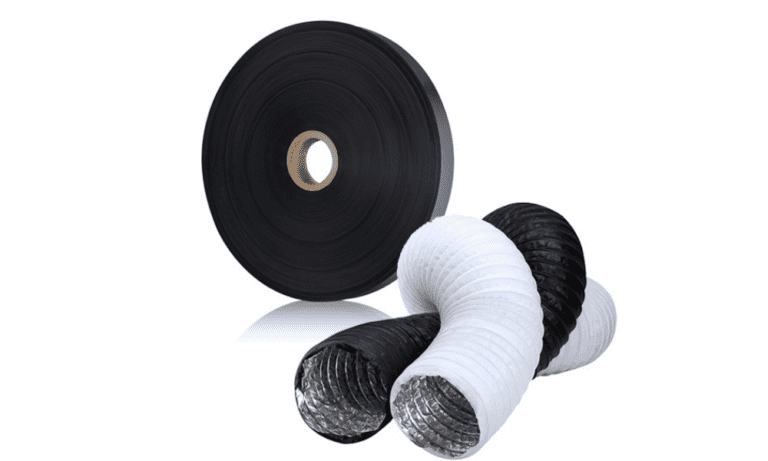PVC is an inherently fire-resistant plastic, the only exception among general purpose plastics because it contains more than 50% chlorine.
When a PVC product burns, the hydrogen chloride gas produced by thermal cracking slows down the continuous combustion reaction and stops the burning process by preventing the surface of the PVC product from coming into contact with oxygen in the air. This gas can also be detected by its very unpleasant odor at concentrations well below those that may be harmful to health. This feature allows early detection of fires. For example, gaseous hydrochloric acid is far less hazardous than carbon monoxide, which is an anesthetic, has no odor and can quickly cause paralysis and death.
Other advantages of PVC are that it releases less heat of combustion than other plastics and therefore contributes less to sustaining and spreading fires, and produces no or very little burning droplets or debris.
Burning PVC produces an expanding carbonaceous structure, often referred to as “swelling”. This structure forms a thermal barrier that protects the underlying components. In some cases, such as pipes, PVC can even prevent the spread of fire by blocking holes through walls or floors.
Because of its high fire resistance, PVC is widely used in exterior building materials such as window profiles, siding or interior housing materials such as wall coverings and flooring. It is also used in industrial facilities, such as tanks, pipes, dividers, or for sign panels, corrugated sheets and cable coverings.
There may be various methods for evaluating flame retardant properties, but the oxygen index can be used for evaluation with high accuracy and reproducibility of results. It indicates the minimum oxygen concentration required for the specimen to continue burning in the oxygen-nitrogen gas mixture.
The higher the value, the higher the flame retardancy. Since the oxygen concentration in air is 21%, plastics with an oxygen index greater than 22 are self-extinguishing, while those with an oxygen index less than 21 are flammable.
Advantages of PVC over other materials:
- In many applications, PVC is replacing traditional building materials such as wood, concrete and metal.
- Versatility, cost-effectiveness and an excellent track record of use mean that it remains the most important polymer for the construction industry.


